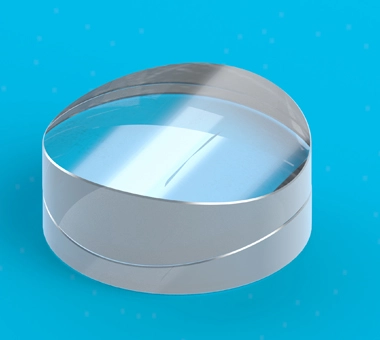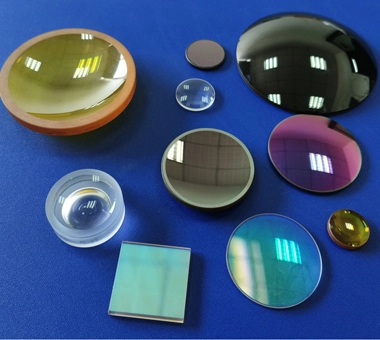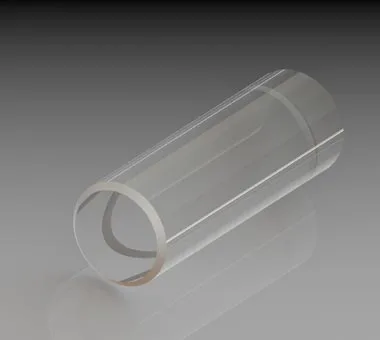
Call Us
86-755-82924037
Call Us
86-755-82924037
Optical lenses are crucial in the pharmaceutical industry for a variety of applications, including microscopy, spectroscopy, high-performance liquid chromatography (HPLC), imaging, laser processing, optical coherence tomography (OCT), and flow cytometry. In microscopy, high-resolution lenses allow for the detailed examination of drug particles and biological samples. Spectroscopy relies on precision lenses to analyze the chemical composition and purity of substances. HPLC systems use lenses for accurate detection and quantification of compounds. Imaging technologies benefit from lenses for quality control and packaging verification. Laser processing employs lenses for precise material manipulation, while OCT provides detailed cross-sectional images of tissues. Flow cytometry uses lenses to analyze cell characteristics, aiding in drug development and research.
Optical lenses are indispensable in the pharmaceutical industry for microscopy and imaging applications. High-resolution microscopes equipped with advanced lenses allow scientists to examine the morphology, size, and structure of drug particles and biological samples at a microscopic level. This is crucial for ensuring the consistency, efficacy, and safety of pharmaceutical products. Additionally, imaging technologies that utilize lenses are employed in quality control processes to inspect tablets, capsules, and packaging. These systems help identify defects, contaminants, and inconsistencies, ensuring that products meet stringent regulatory standards before reaching the market.
Lenses are also vital in various analytical techniques used in the pharmaceutical industry, such as spectroscopy and high-performance liquid chromatography (HPLC). In spectroscopy, precision lenses focus light to analyze the chemical composition and purity of substances. This is essential for identifying active pharmaceutical ingredients (APIs) and detecting impurities that could affect drug safety and efficacy. HPLC systems use lenses to accurately detect and quantify compounds in complex mixtures. The precise focusing capabilities of these lenses enhance the sensitivity and accuracy of these analytical methods, making them indispensable tools in drug development and quality assurance. Additionally, quartz capillary tubes is often employed in these techniques to ensure high precision and chemical resistance, further improving the reliability of the analyses.
In addition to microscopy and analytical techniques, lenses are integral to advanced diagnostic and processing technologies like laser processing, optical coherence tomography (OCT), and flow cytometry. Laser processing employs lenses for precise material manipulation, such as cutting and engraving, which can be used in the manufacturing of drug delivery systems and medical devices. OCT utilizes lenses to provide detailed cross-sectional images of tissues, aiding in the diagnosis and monitoring of diseases. Flow cytometry, which relies on lenses to analyze cell characteristics, is crucial for research and development in immunology, oncology, and other fields. These advanced technologies enhance the pharmaceutical industry’s ability to innovate and improve patient outcomes. The use of quartz capillaries in flow cytometry and borosilicate capillaries in laser processing ensures high durability and accuracy, making these materials essential components in these cutting-edge technologies.


Bldg. A Baolong Industrial Zone #491 Dalang South Rd. Longhua District Shenzhen China
Copyright © Shenzhen Solar Valley Scitech Development Co., Ltd. All Rights Reserved.
